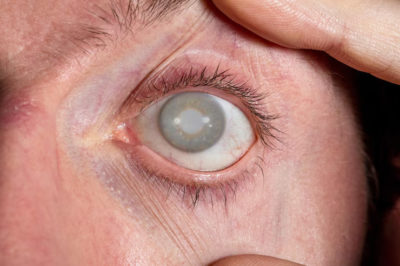Cataracts, the clouding of the eye’s lens, are a common age-related vision problem. However, recent research suggests that various factors, beyond ageing alone, contribute to cataract development. In this blog post, we will delve into the nuanced aspects of cataract risk across different age groups and examine the impact of pollution, diabetes, UV exposure, and antioxidants on cataract formation.
1.Exploring Cataract Risk in Different Age Groups
- Cataracts are prevalent with age; risk increases notably after 40.
- Early-onset cataracts emphasise the need to explore risk factors in younger populations.
2. Impact of Pollution on Cataract Risk
Airborne pollutants, including heavy metals, contribute to oxidative stress in the eye.
Long-term exposure to polluted air linked to increased cataract risk.
Understanding the environmental aspects of eye health is crucial.
3. Cataract Risk Factors for Young Adults
- Genetic predisposition, lifestyle choices, and health conditions contribute to cataract risk.
- Exploration of risk factors aids in early detection and targeted preventive strategies.
4. The Impact of Diabetes on Cataract Development
- Diabetes increases the risk of cataracts at an earlier age.
- Prolonged exposure to high glucose levels can lead to cataract formation.
- Effective diabetes management is crucial for preventing cataract progression.
5. Impact of UV Exposure on Cataract Formation
- Excessive UV radiation from the sun induces oxidative stress in the lens.
- Protective measures like wearing sunglasses and hats are essential.
- Mitigating UV exposure is key to preventing cataract development.
6. Role of Antioxidants in Cataract Prevention:
- Antioxidants protect the eyes from oxidative stress implicated in cataract development.
- Diet rich in antioxidants (fruits, vegetables) contributes to eye health.
- Supplements containing vitamins C and E may offer protective benefits.
Hence, Cataracts are a multifaceted vision affected by various factors, including age, pollution, diabetes, UV exposure, and antioxidant levels. By exploring these aspects across different age groups, we can better comprehend the intricacies of cataract risk and develop targeted strategies for prevention and early intervention.
As our understanding of these factors evolves, so too does our ability to empower individuals to take proactive steps in preserving their eye health. Do not ignore your eye trouble. Now, you can reach out to our ophthalmologists at Dr Agarwals Eye Hospital for all kinds of eye issues. Call Us 9594924026 | 080-48193411 to book your appointment now.








